THIS CONTENT IS BROUGHT TO YOU BY NTNU Norwegian University of Science and Technology - read more
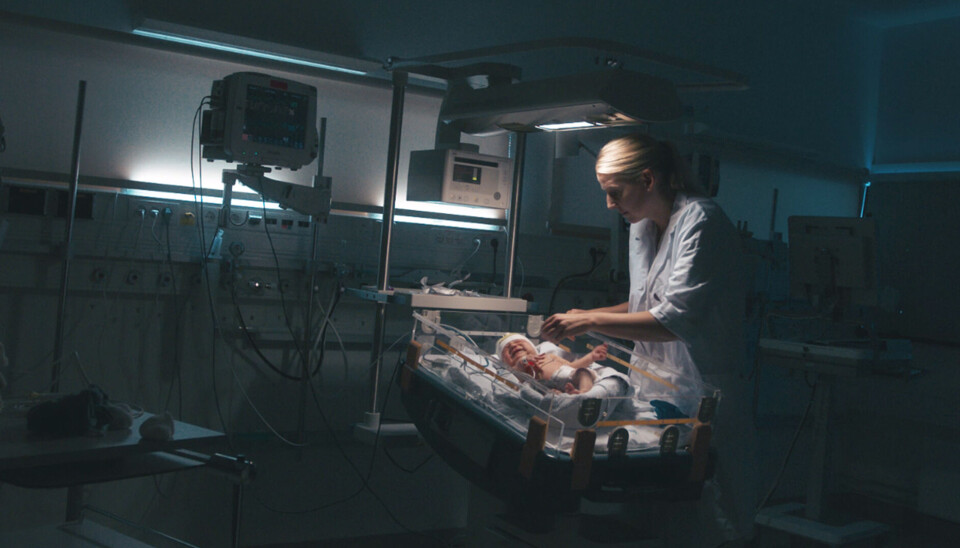
Ultrasound can prevent brain damage in sick newborns and preterm babies
Ultrasound technology makes it possible to monitor blood flow in the brains of newborn babies. This can help prevent brain damage in prematurely born and sick infants who require surgery.
Researchers and neonatal specialists at NTNU and St. Olavs Hospital are behind the first study in which ultrasound is used to monitor cerebral blood flow in newborn babies under general anaesthesia.
“We have always believed that this could revolutionise neonatal care. Everything indicates that we are closer to being able to prevent brain damage in premature infants and sick newborns,” paediatrician Sigrid Dannheim Vik says.
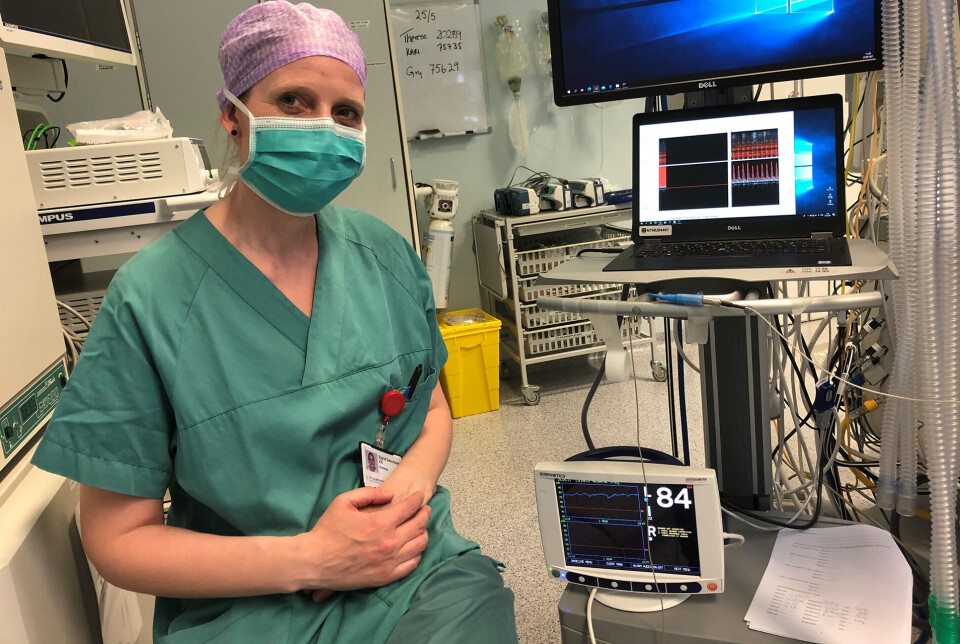
She is doing a PhD on the so-called NeoDoppler technology.
30 newborn babies monitored during surgery
Over a two-year period, she has used the equipment to measure cerebral blood flow in 30 newborn babies under general anaesthesia. Some of them were born very prematurely. Others came into the world around their due date, but were born with congenital defects that had developed in the womb.
Most of the patients had gastrointestinal complications, such as lack of passage through the small intestine. Preterm babies often have an immature intestine that is easily perforated in the neonatal period.
“These babies require surgery – often acutely. There is no other choice,” Vik says.
The longest courses of continuous ultrasound measurements lasted 10-11 hours, and some of her patients weighed less than 1,000 grams.
Very susceptible to brain damage
Regardless of whether they were born very prematurely or have congenital defects and injuries, these are the health service’s smallest and most vulnerable patients.
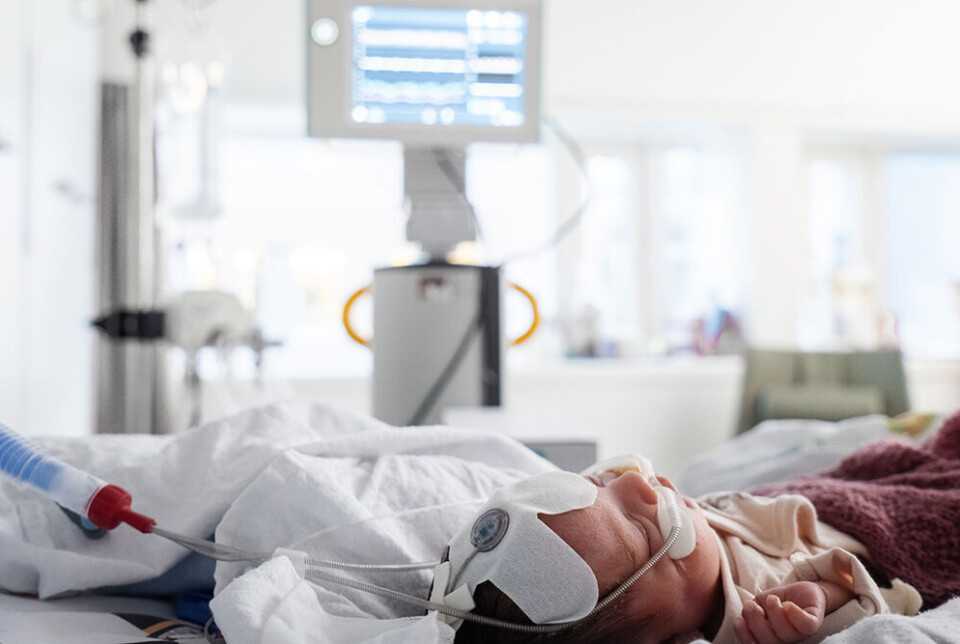
Babies who are born prematurely are prone to brain damage in the neonatal period and are very vulnerable to blood pressure fluctuations. The risk increases if they have to undergo surgery.
The aim of the NTNU study has been to use the new ultrasound technology to see how cerebral blood flow changes while the infants are under general anaesthesia.
Providing access to completely new information
The conclusion is that NeoDoppler provides doctors with access to critical information that has previously been unavailable.
“The equipment provides important additional information compared with today’s standard monitoring equipment,” Vik says.
Currently, indirect factors such as blood pressure, pulse measurements, and general clinical assessments are used to see if the child has adequate blood circulation.
“We don’t actually have a reliable measurement method for monitoring the most important organ, namely the brain,” she says.
Allows rapid implementation of life-saving measures
For anaesthetists, it is all about keeping the blood circulation stable. NeoDoppler measurements are taken continuously before, during, and after surgery.
The equipment is able to instantly detect changes in cerebral blood flow. As a result, measures that can prevent brain damage and that are adapted to the individual child can be implemented immediately.
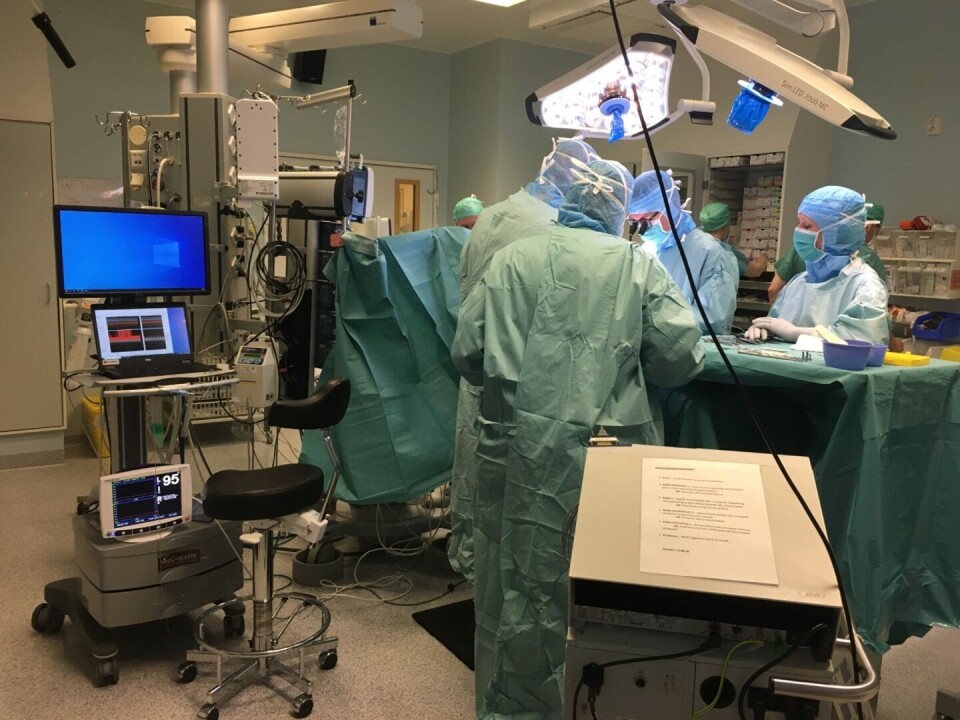
It also helps doctors make individual assessments and tailor treatment, rather than having to rely on general recommendations.
May result in new standards
The researchers believe NeoDoppler can provide a new standard in monitoring newborn babies.
“The problem today is that we don’t know what the most favourable blood pressure in newborns is with regard to maintaining stable blood circulation in the brain, and it probably varies from one infant to the next,” Vik says.
What she and her colleagues saw, and which they believe gives cause for concern, was that cerebral blood flow speed was more than halved during anaesthesia compared to when the patients were awake.
“Our findings indicate that newborns who are placed under general anaesthesia should probably have a higher blood pressure than is currently recommended. The current reference range should probably be higher,” Vik says.
A window into the brain
The NeoDoppler ultrasound probe is the shape of a small button and has a diameter of around one centimetre. It can be attached to a cap and placed gently over the fontanelle, the soft spot at the top of a baby’s head.
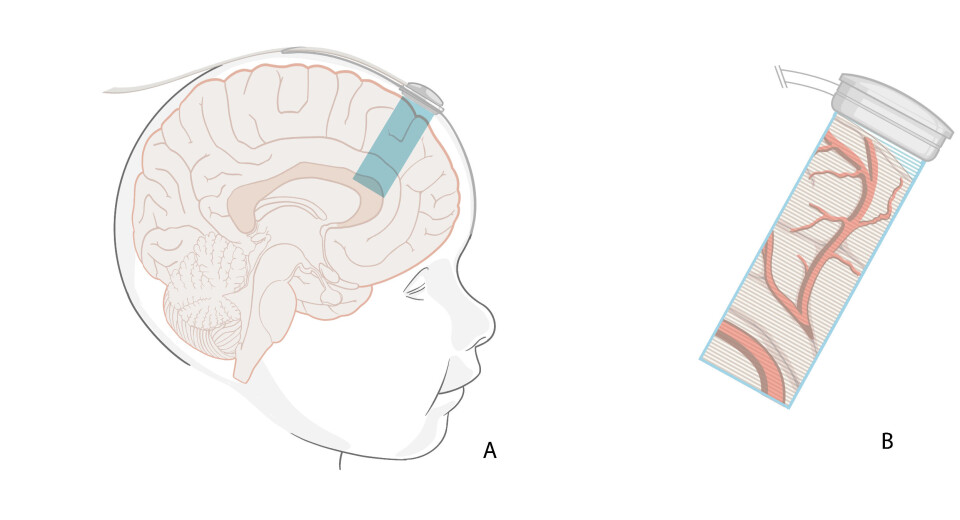
The fontanelle closes towards the end of the first year of life, when the bones of the skull fuse together.
Ultrasound is not able to pass through bone. Therefore, the fontanelle is like a window that is only open for a limited period of time, through which doctors can directly monitor blood flow.
From mild ADHD to severe movement disorders
Adults have a protective mechanism allowing them to maintain stable cerebral circulation even though blood pressure may vary. Infants do not have this protective mechanism, making them particularly vulnerable to variations in blood pressure, which in turn can lead to unstable cerebral blood flow.
This can also result in the brain being starved of oxygen, which may cause brain tissue damage.
Sigrid Dannheim Vik explains that this can lead to a wide range of brain injuries or delays in development that become noticeable at different ages.
“It can include everything from ADHD and minor developmental disorders to more extensive cognitive and motor difficulties,” she says.
The smallest are most at risk
Every tenth child in the world is born prematurely, which in itself increases the chance of brain damage. For babies born before week 28 of pregnancy, the chance of brain damage is as high as 50 per cent.
At St. Olavs Hospital alone, around 300 children under the age of one are placed under general anaesthesia each year.
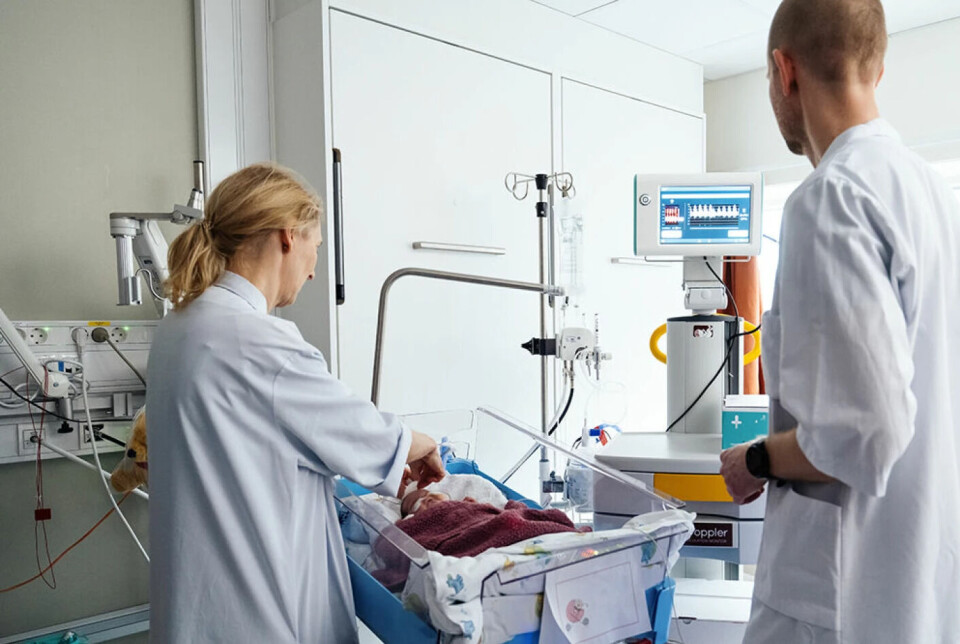
There are also many other children who are born with congenital defects. The researchers believe that children born with congenital heart defects are another patient group that could benefit from NeoDoppler technology.
Large and varied patient group
In addition, there are children who require surgery due to complications in the neonatal period. For example, there may be perforations in the intestines of premature babies and infants who need anaesthesia due to less invasive surgery or diagnosis.
“In other words, there is a fairly large and varied patient group that can benefit from this type of monitoring,” Vik says.
An extremely important tool
The paediatrician calls NeoDoppler "a huge advance in neonatal medicine". She compares it to getting information via colour TV versus listening to the radio.
Where doctors previously relied on indirect measurements, they now have a direct picture of cerebral blood flow.
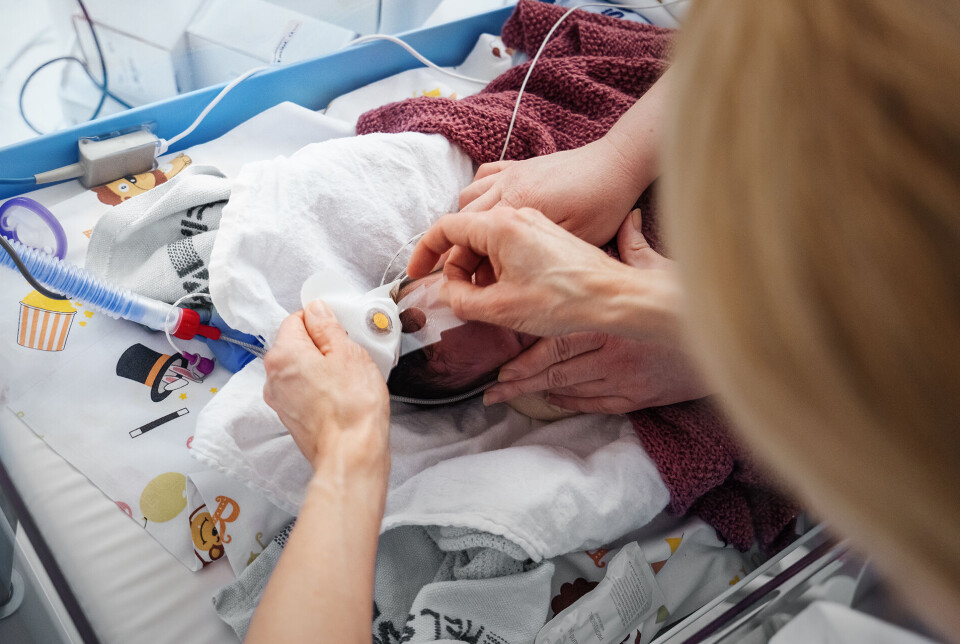
“It is an extremely important tool – both for the anaesthetist monitoring the child under general anaesthesia and for the rest of us involved in neonatal medicine. It will help us make direct assessments and take measures, thereby avoiding both undertreatment and overtreatment,” Vik says.
Measuring speed, not quantity
One possible criticism of NeoDoppler is that it measures speeds, resulting in constantly changing images and graphs. It does not measure the exact amount of blood passing through the blood vessels.
If the blood vessels vary in diameter, the speeds will also vary.
However, the researchers refer to studies showing that there is a good correlation between speed measurements and the blood flow itself – as long as the speeds are measured continuously.
More long-term studies required
More clinical trials are needed before NeoDoppler becomes standard monitoring equipment in neonatal care. These will be accurate with regard to effect, but the children must be followed up over a longer period of time in order to show that it helps prevent brain damage.
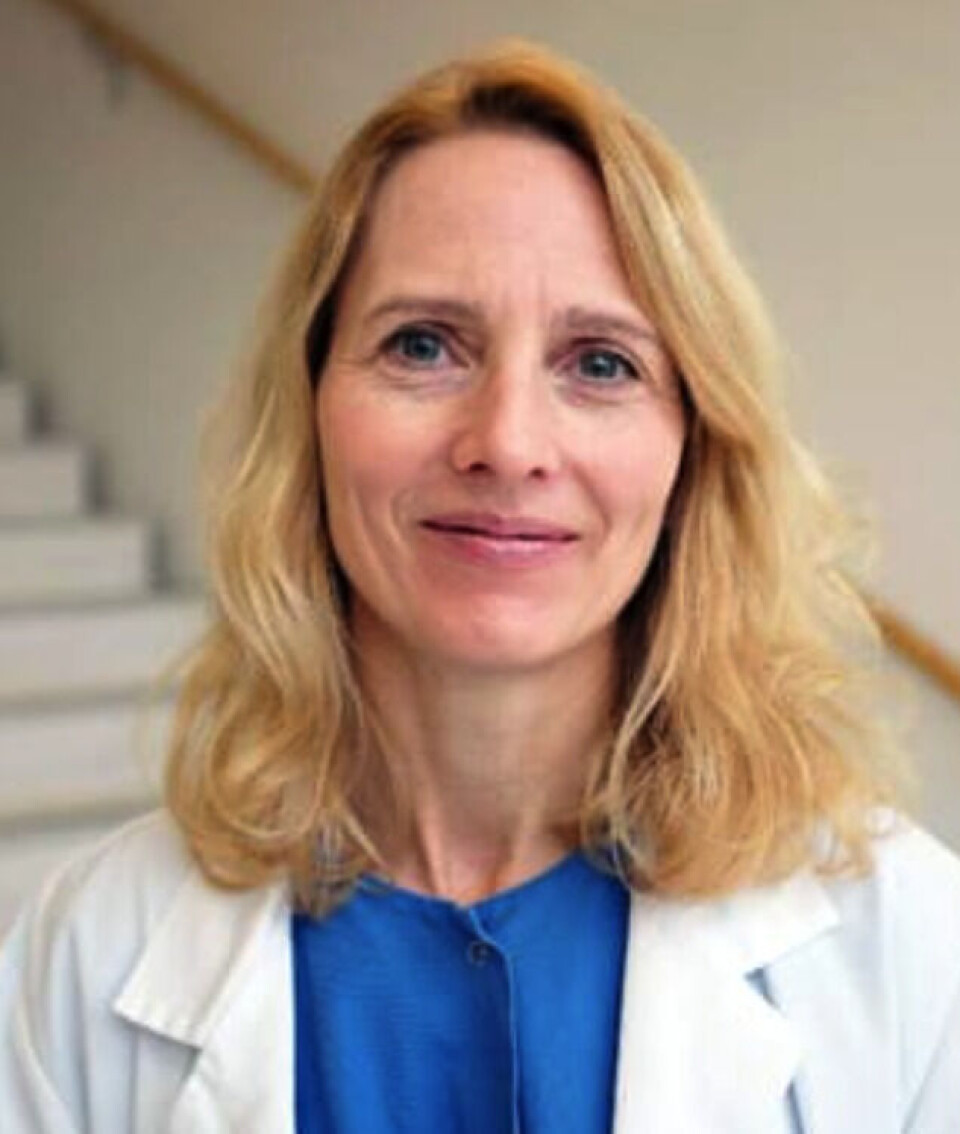
Paediatric cardiologist and researcher Siri Ann Nyrnes is behind the invention, together with Professor Hans Torp.
Being tested in several countries
“The NeoDoppler system is CE certified and can therefore be used in multiple environments," Nyrnes says.
It is currently being tested by partners at Oslo University Hospital, UMC Utrecht in the Netherlands, and at the Hospital for Sick Children in Toronto, Canada.
“Commercial sales have recently started, and systems that are not part of our research collaboration have been established at clinics in Denmark, Sweden, and Germany. We want to conduct more studies and also collect data that can tell us more about the long-term benefits,” Nyrnes says.
Reference:
Vik et al. Continuous monitoring of cerebral blood flow during general anaesthesia in infants, British Journal of Anaesthesia, vol. 6, 2023. DOI: 10.1016/j.bjao.2023.100144
More content from NTNU:
-
Why are pregnant women in Norway so worried?
-
Politics on Facebook: Populist parties choose divisive issues on purpose
-
Social media is connected to cyberbullying – but not how we thought
-
Forskere ved NTNU får nesten 24 millioner av EU for å lage nye strømomformere
-
This helps the youngest children enjoy school more
-
Can we tap the ocean’s power to capture carbon?





































